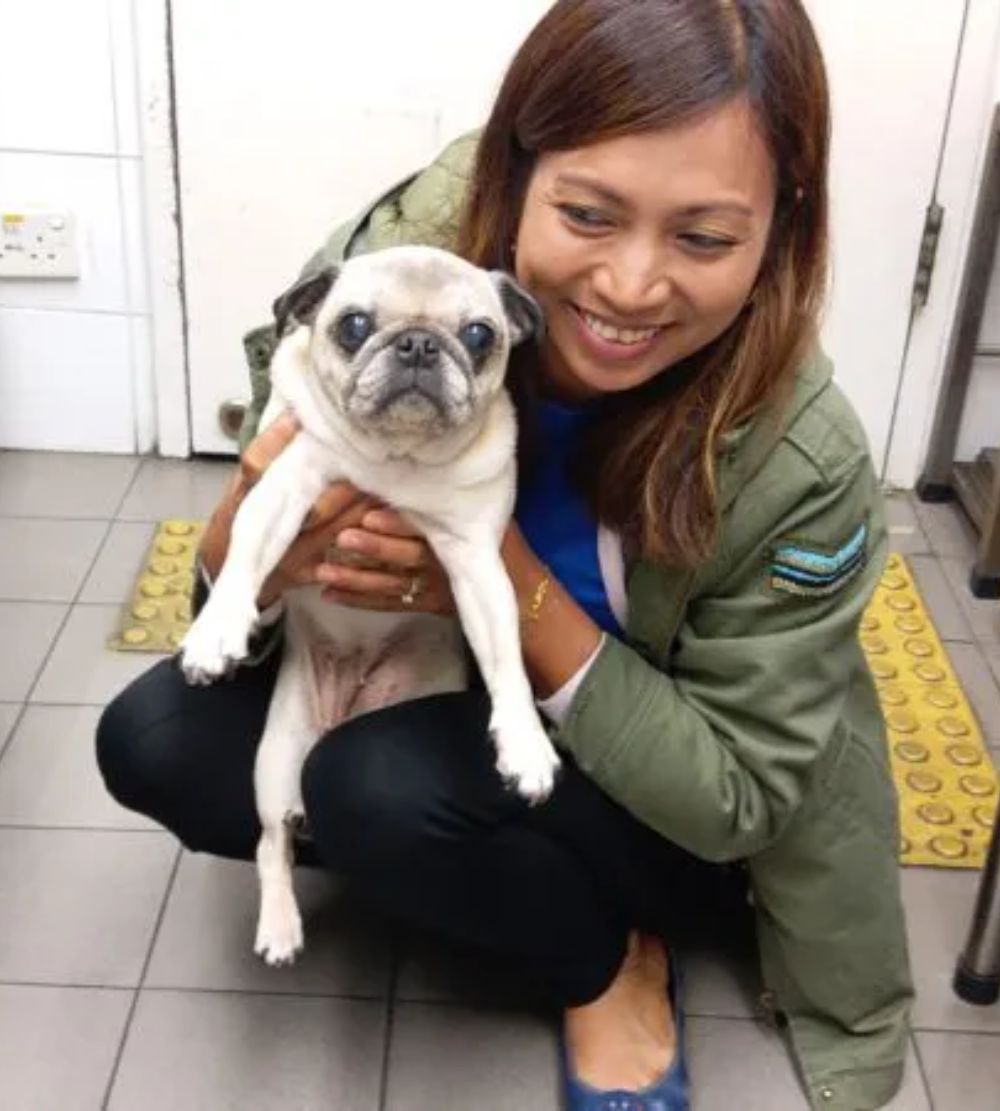Best crate training tips to help your pet feel comfortable
Pet relocation to another country means that pet owners need to know the ins and outs of pet travel and whether or not their pets are ready for the big trip. One of the most important aspects of organizing your pets transport is choosing the right travel crate. The other important factor, and it’s one that most pet owners don’t learn about until facing pet relocation; is crate training.
In the many years of experience that Ferndale Kennels and Cattery has with helping dogs and cats to travel around the world, we’ve discovered that having a pet that is comfortable in the travel crate is key to easing the anxiety of both pets and their owners.
Selecting a pet travel crate
The first step is determining your pet’s measurements. Then you need to research the airlines standard requirements. Different airlines have different requirements, but generally, travel crates must meet these standards:
● Made of hard plastic, metal, or wood, and the top shouldn’t have any ventilation or doors
● Crate doors should be made of metal
● Crates must be properly assembled and hardware should be in good condition
● Plastic side latches on crates aren’t accepted
● Two water dishes must be placed inside the crate and must be accessible from the outside
● The floor of the crate must be solid and leak-proof
Keeping airline restrictions in mind, it’s best to get as big a crate as possible. You want your pet to be able to move around as much as possible and comfortably.
How long can your pet stay in a crate?
The number of hours that a dog can stay inside a crate depends on various factors. These include the age and training of your dog. Obviously, when it comes to pet travel, you don’t really have a choice about how long your beloved pet is confined to a crate, which is why crate training is so important.
Most dogs can simply and happily adjust inside a crate under the right circumstances. This is why many pet owners find success by placing bedding, toys, treats, and other accessories inside the crate. (Check with us or the airline to see what items actually will be accepted by the airline for the flight day however.)
Dogs should stay in a crate for no more than 4-6 hours at a time during the day and for 8 hours at night. Puppies under 6 months should be in a crate for no more than 3-4 hours at a time. Adult dogs can handle longer periods in a crate, but it should not be more than 8 hours. Make sure they get enough exercise and attention.
Cats are known to “hate the crate” even more so than dogs. It’s all about making them as comfortable as possible, and also, once again – crate training.
Crate training for your pet
Crate training can take days or even weeks, depending on your pets age, personality, and past experiences. There are two important things to keep in mind when crate training; always connect the crate with something pleasant, and training should be done slowly (in a series of small steps). Here’s the standard steps for crate training.
1. Introducing your pet to the crate
It’s all about making your pet comfortable with the concept of a crate before its time to travel. So start this process as early as possible. Place the crate in an area of the home that your family spends a lot of time. For dogs, you should bring them over to the crate and speak to them in a happy and calm tone to encourage them to enter. But don’t push them – take it slow. You can add some small treats nearby for encouragement.
Cats are a little different. Just leave the crate out and over time the strange and scary factor will wear off and your cat will likely become inquisitive. Take the door off so that your cat can come and go as they like. Place their favorite blanket inside and make it as comfortable and inviting as possible.
You can try with the crate door removed, or the top removed, for initial familiarization.
2. Feeding your pet their meals in the crate
This step is for both cats and dogs. You can put your cats food inside the crate so that they need to enter every time they want to eat. For dogs, you can start feeding them their regular meals near the crate. This will help to create a positive association with the crate. Eventually, you can place the food directly inside the crate.
3. Keep your pet inside the crate for longer periods
Once your pet is eating their meals inside the crate with no sign of fear or anxiety, you can start shutting the crate door and leave them there for short periods of time. You can go up to the crate and give them a treat or talk to them to keep them comfortable and to let them know that it’s perfectly normal for them to be confined to the crate.
4. Leave your pet in the crate alone
Eventually, the last step will be leaving your pet in the crate alone while you’re out during the day and occasionally overnight. It’s important to only move onto this step once they seem fairly comfortable with step 3. It’s all about conditioning your pet and getting them used to being confined to the crate for a few hours – preferably for as long as they will be in the crate while travelling.
If you’re looking for some of the best pet travel crates on the market, then you’re going to want to check out the Petmate & Australia Crates that are available from Ferndale Kennels & Cattery. They’re sturdy, reliable and come in standard shipping sizes. You can contact us directly for more information on sizes and other details.



